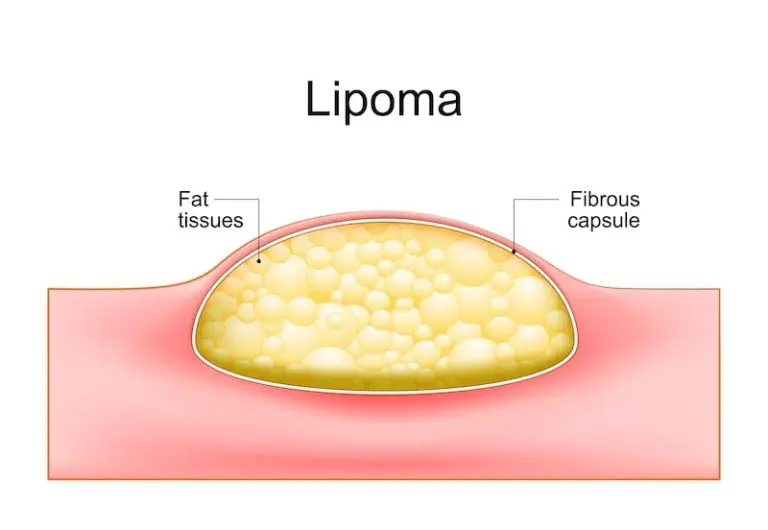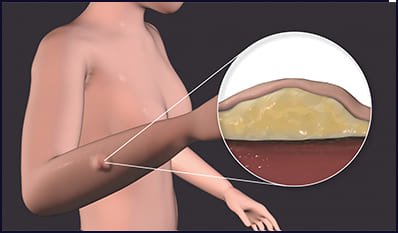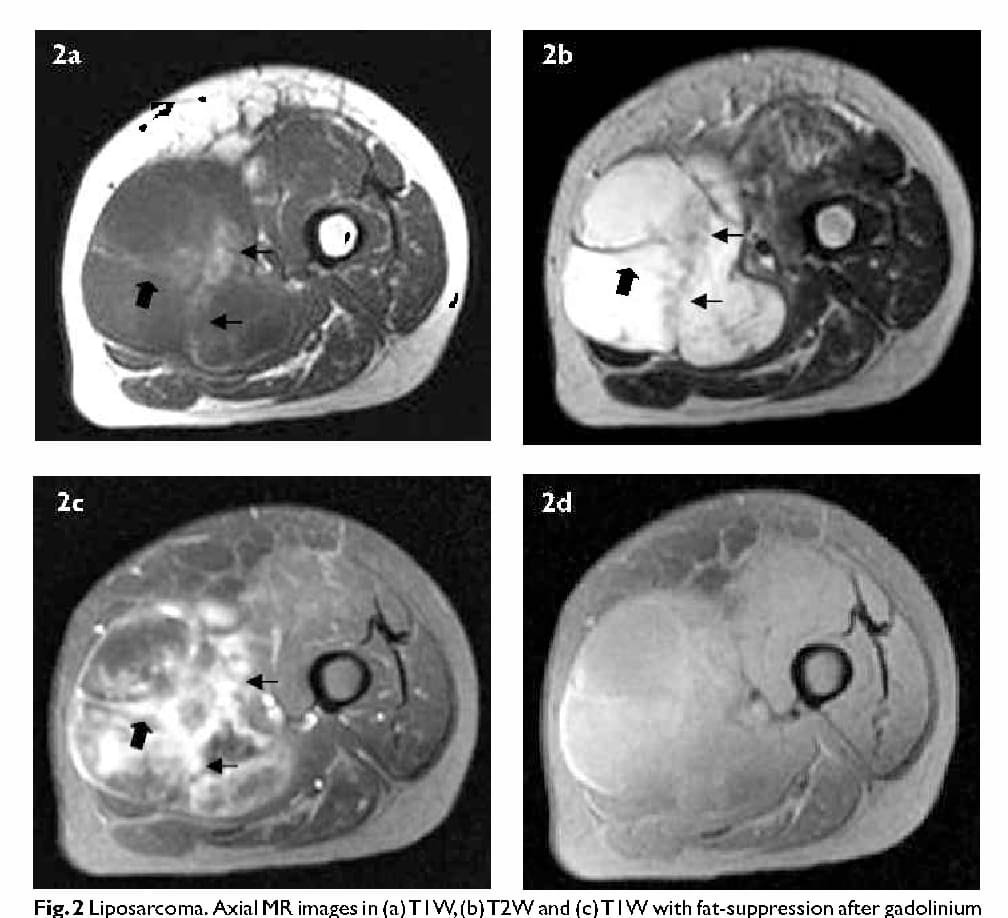SWELLINGS
LIPOMA
A round or oval-shaped mass of tissue that develops just below the skin is called a lipoma. It is formed of fat, moves readily when touched, and typically doesn’t hurt. Lipomas can develop anywhere on the body, but the back, torso, arms, shoulders, and neck are where they most frequently occur. Benign soft tissue tumours include lipomas. They develop gradually and do not cause cancer.
Most lipomas don’t require medical attention. Lipomas are quite typical. A lipoma affects about one in every 1,000 persons. Although they can form at any age, lipomas most frequently emerge between the ages of 40 and 60. Even at birth, they might be there.

Symptoms

Although lipomas often don’t hurt, they can be irritating if they grow close to a joint or press against a nerve. Many persons with lipomas don’t have any symptoms at all.
In most cases:
They remain contained and don’t spread to the tissues around them.
Painless: Depending on where they are, how big they are, and whether blood vessels are present, some lipomas do, nevertheless, cause pain and discomfort.
The fatty lumps of elastic tissue are often symmetrical and round or oval in appearance.
Moveable: When you touch them, they wiggle just below the skin’s surface.
Less than 2 inches in diameter: Lipomas occasionally reach a width of more than 6 inches.


Diagnosis And Test
During a physical examination, medical professionals typically identify a lipoma.
Your doctor will touch the lipoma and inquire as to whether it is uncomfortable or tender.
To be certain that the lipoma isn’t malignancy, you could need a biopsy.
A sample of the lipoma is taken during this surgery and sent to a lab for examination.
These are frequently mistaken for cysts. Your doctor may request an imaging test such as an ultrasound, MRI scan, or computed tomography (CT) scan to get a clear picture of this mass.
These imaging tests assist your doctor in determining whether it is a lipoma or a cyst.
Additionally, it can be used to determine the lipoma’s location, depth, and presence or absence of blood vessels.
Types
- A lipoma is made entirely of fat.
- Blood vessels or other tissues can also be found in some lipomas.
- Lipomas come in a variety of forms, including:
- Angiolipoma: This kind has blood vessels and fat. Angiolipomas frequently cause pain.
Conventional: White fat cells make up the most typical form of conventional lipoma.
Energy is stored in white fat cells. - Fibrolipoma: This type of lipoma is made up of fibrous tissue and fat.Brown fat is present in this type of lipoma, or hibernoma. White fat is present in most other lipomas. Brown fat cells provide heat and assist in controlling body temperature.
- yelolipoma: These lipomas are made up of fat and blood-producing components. These lipomas have spindle-shaped fat cells, which are longer than they are wide.
- Pleomorphic: The fat cells in these lipomas come in a variety of sizes and forms.

Treatment
Excision of the lipoma is the treatment. But not all Lipomas need surgery Surgery is required when:
- Pain
- Large in size
- Cosmetic
- Appearance
- Rapid growth with suspicion of malignancy
- Causing obstruction to blood flow
